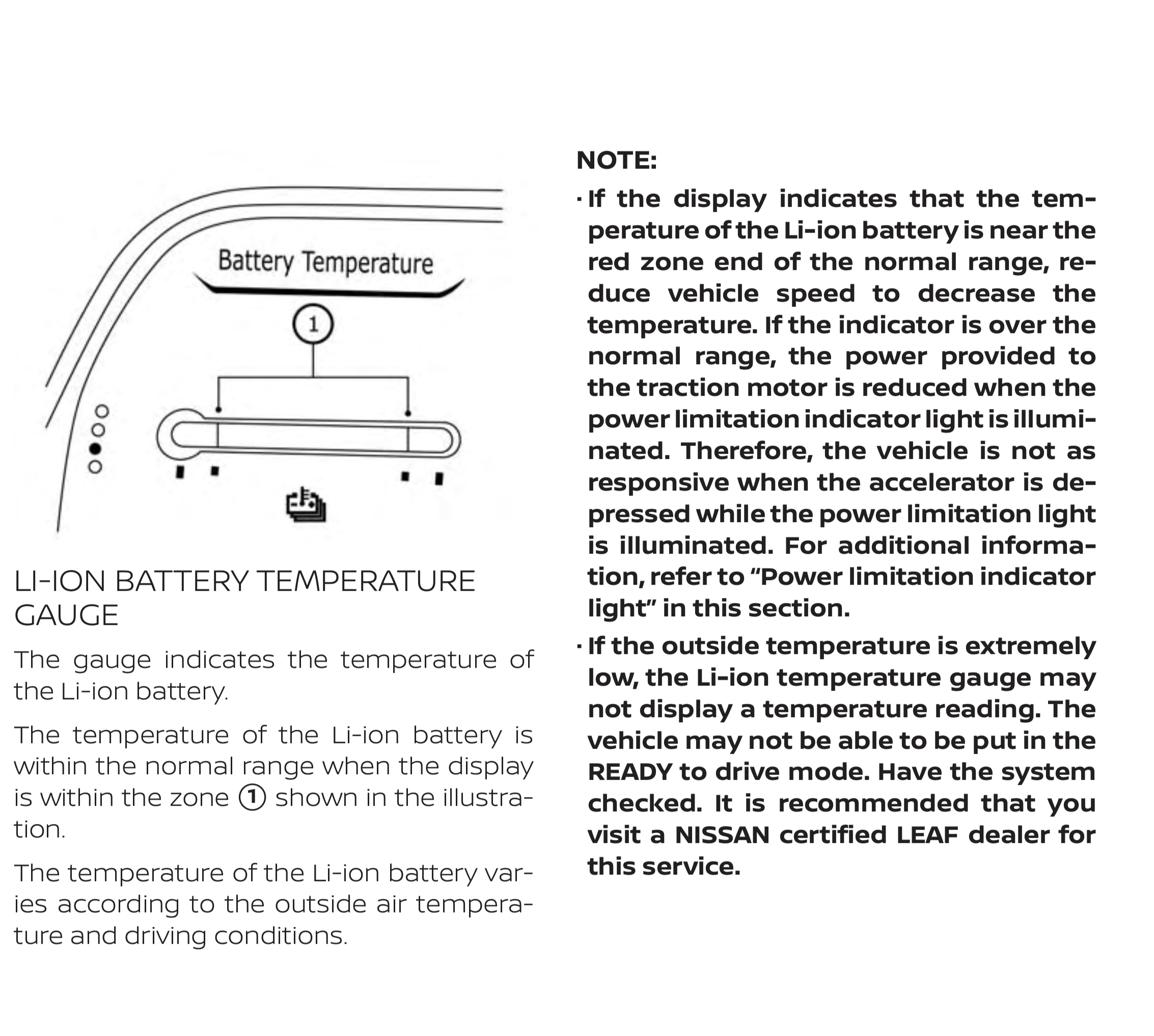91040
Well-known member
I have used this “entertainment” app since it was made available. It has allowed me to fully utilize the traction battery’s capacity, making the decisions regarding speed, route and charging be based on data rather than guesswork.
It also provides a consistent way to compare traction batteries, catch those who have reset the capacity bars and evalute the condition of used cars.
Its ability to view and clear DTCs allows for simple fixes and reduces reliance on blindly accepting the evaluation of a problem by a repair facility.
Rather than entertaining, I would label it invaluable.
Disclaimer: As far as I know, I have never met Turbo3 nor is he a friend.
It also provides a consistent way to compare traction batteries, catch those who have reset the capacity bars and evalute the condition of used cars.
Its ability to view and clear DTCs allows for simple fixes and reduces reliance on blindly accepting the evaluation of a problem by a repair facility.
Rather than entertaining, I would label it invaluable.
Disclaimer: As far as I know, I have never met Turbo3 nor is he a friend.
OrientExpress said:There is no visibility as to how LEAF Spy is interpreting, and in most cases what the CANBUS data it is reading and presenting actually means (sure the setting for doors and TPMS are easy to figure out). Lots of conjecture and made up units of measure, but with no certification, its got no value other than as an entertainment app.
I'm friends with the author of LEAF Spy, and he is great guy, but even he will admit the many of the readings presented are conjecture. In the end it's a hobbyist app for entertainment and shouldn't be taken too seriously.

